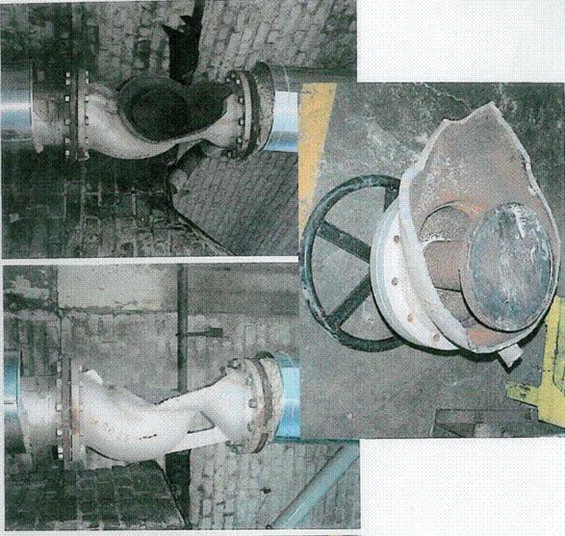What is Boiler Carryover?
Boiler carryover is when something other than clean steam leaves the boiler through the header. This often includes things like liquid, contaminants in vapor and even solids. Low pressure boilers are generally more susceptible to carryover but high pressure systems can have these issues as well.
What Causes Boiler Carryover?
Carryover can be caused by either mechanical or chemical means.
Types of Mechanical Carryover
- Improper boiler construction/ design
- High water levels
- Surge firing, on-off firing, or on-off feedwater addition
- Running the boiler in excess of boiler steam capacity
- Improper blowdown
Types of Chemical Carryover
- Improper chemical cleaning of new boilers
- High solid concentration (Creates increased surface tension)
- Organic Contaminants (Oil, grease, soap, fat, milk solids etc.)
- High alkalinity
- Improper water treatment
Luckily the science behind chemical carryover is pretty simple. Surface tension of boiler water rises as the alkalinity and conductivity or TDS increases. The higher the surface tension the more difficult it is for bubbles to burst at the surface of the water cleanly. This is what causes small droplets, or foam, to be carried into the header.
Issues with Carryover


An extreme example of water hammer damage.
When water is leaving with the steam, this creates two BIG issues. One, boiler water requirements will commonly exceed feed pump capacity, causing water levels in the boiler to fall. This can confuse operators because it appears like you have a boiler feedwater pump issue. In these situations, your boiler will generally shut down as it hits the low water cut out.
The second issue is that as that water gets up into the header, it causes water hammer. In extreme cases this causes steam pipes to rip apart, an obvious and deadly serious safety hazard.
When carryover is mild, it can have some pretty detrimental side effects on the system as well. As small amounts of water enter the system, the water flashes to steam when pressure is reduced in a regulator or control valve. This causes the dissolved solids and chemicals in the boiler water to precipitate into the steam piping. Eventually, this causes traps, strainers and control valves to clog. It can also cause process steam to become contaminated resulting in negative effects on product quality.
How To Test For Carryover
There are a number of ways to test for boiler carryover, including condensate conductivity testing, Alkalinity testing, or chloride testing. Comparing boiler water conductivity to condensate conductivity is the simplest way to gauge carry-over and where the water is going. However, this method isn’t as accurate. Chlorides testing is often the most accurate way to determine if you have boiler carryover. This is because boiler conditions do not chemically affected chlorides. According to Viking Water Technology: “Chloride ions…are extremely soluble and do not precipitate or decompose when subjected to boiler conditions. Therefore, chlorides are used as a measure of boiler water concentrations.”

In systems that don’t have condensate returns, you can check for carryover in the main steam line drip legs. This involves taking samples and can often be done from trap discharges or condensate receivers. From the sample you will be able to compute your carryover percentage.
Need Help?
Call the pro’s at Rasmussen Mechanical Services at 1-800-237-3141, email sales@rasmech.com or chat with an agent. Our team is here to help!



